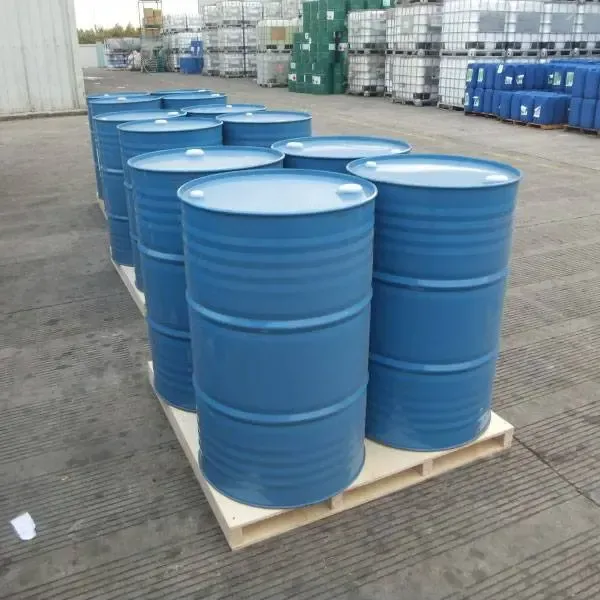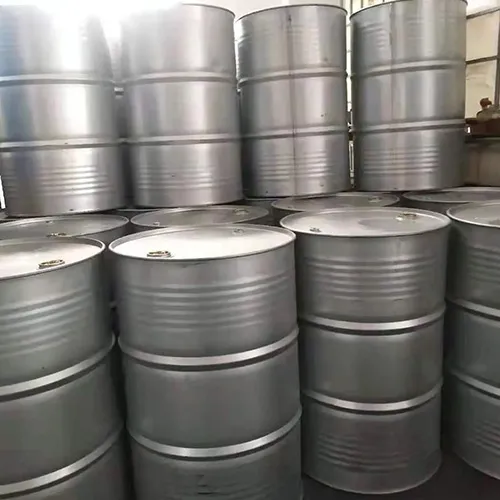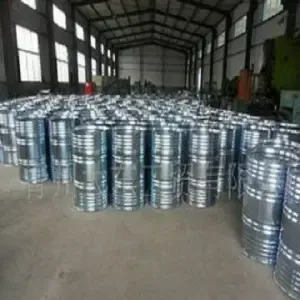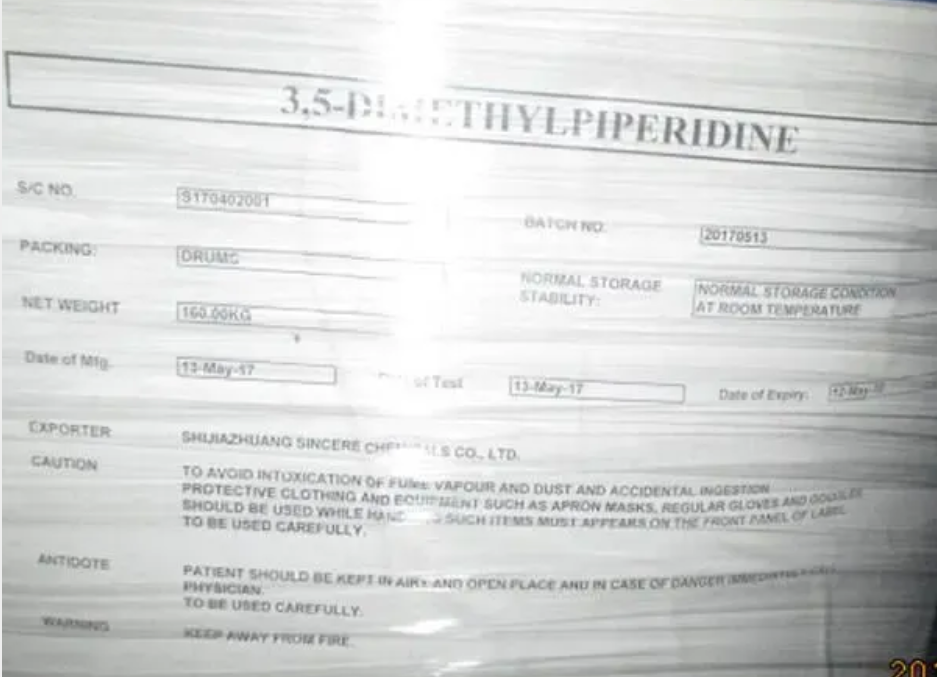carboxymethyl cellulose uses in food


One of the pioneering aspects of carboxymethyl cellulose in food applications stems from its adaptability to meet the demands of modern dietary trends. As plant-based and vegan diets gain popularity, CMC provides a critical functional component that supports the texture and stability of alternative dairy and meat products. In this respect, it is instrumental in creating products that not only mimic the organoleptic properties of their animal-based counterparts but also offer new eating experiences that are both nutritious and satisfying. Food experts frequently point to carboxymethyl cellulose's role in reducing calories in low-fat and diet food products without sacrificing sensory qualities. This attribute aligns with the increasing consumer demand for healthier food options that do not compromise on taste or texture. The professional consensus underscores CMC's capacity to deliver on these fronts, maintaining the delicate balance between health considerations and consumer expectations. Innovations in food science continue to uncover new potentials for carboxymethyl cellulose in various culinary applications. Recent explorations into encapsulation technologies reveal how CMC can serve as a robust matrix for flavor and nutrient carriers, offering protection and controlled release in functional foods. Such advancements signal a promising future for CMC, expanding its utility in personalized nutrition trends and beyond. In conclusion, the diverse uses of carboxymethyl cellulose in food underscore its indispensable role as a multifaceted food additive. Its unmatched ability to enhance texture, stability, and shelf life across a wide range of products is backed by robust scientific evidence and trusted by food industry professionals globally. As consumer preferences evolve, the adaptability and proven benefits of CMC ensure its continued relevance and authority in the landscape of food technology.
Post time: يناير . 26, 2025 03:23


















